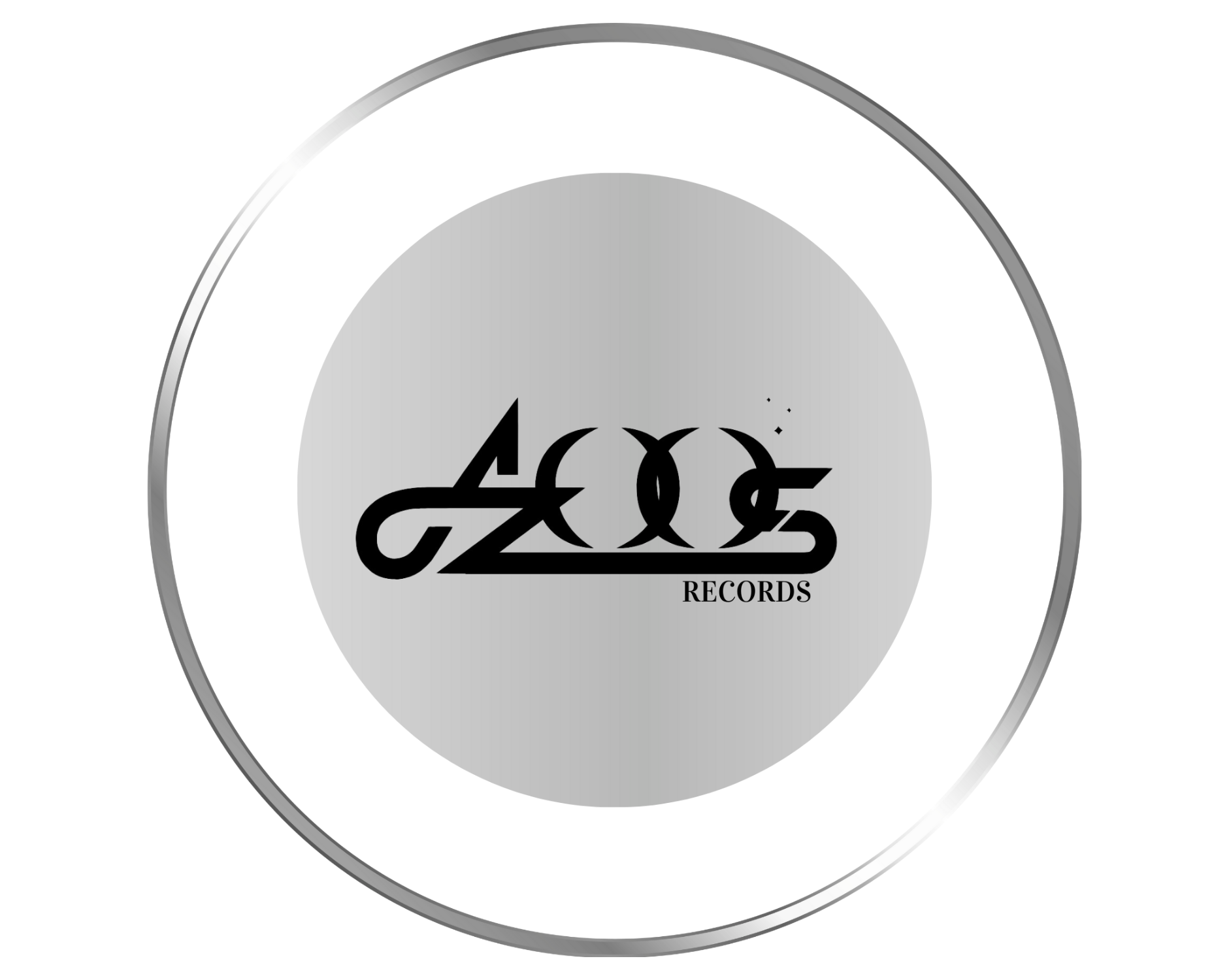
BWW has a customer, Waterways Corporation, that tends to have larger purchases that require an extended payment period. On January 1, 2018, Waterways purchased merchandise in the amount of $250,000. BWW agreed to lend the $250,000 purchase cost (sales price) to Waterways under the following conditions. The conditions of the note are that the principal amount is $250,000, the maturity date on the note is 24 months, and the annual interest rate is 12%.
Payment of the Note
This is because current assets are assets that are expected to be converted into cash or used up within a relatively short period, usually within 12 months. Notes receivable are the asset accounts tied to a formal written agreement that outlines specific terms and conditions for the debt repayment. They give businesses the advantage of formalizing credit terms, mitigating the chances of a payment dispute.
What is the journal entry for interest on a note receivable?

Alternatively, the note may state that the total amount of interest due is to be paid along with the third and final principal payment of $100,000. On 1 May 20X4, PQR, Inc. lent $2 million to ABC, LLC for 2 years against a documented promissory note. DEF, Inc., another client of PQR, Inc. issued a 2-month promissory note against their outstanding balance of $3 million on 1 November 20X4. Note receivable from ABC LLC carried what is notes receivable income 5% simple interest rate payable annually while the one from DEF Inc. carried 8% interest compounded monthly. The accounting treatment of interest that is accrued but remains unpaid up to balance sheet date, depends on whether the interest is compound or simple. If it is a compound interest, the accrued interest that remains unpaid is added to the principal of note receivable and carried over to the next accounting period.
How much will you need each month during retirement?

If the note term does not exceed one accounting period, the entry showing note collection may not reflect interest receivable. For example, let’s say the company’s note maturity date was 12 months instead of 24 (payment in full occurs December 31, 2018). A note receivable is different from an account receivable in several ways.
Unit 10: Receivables
They are recorded as assets on the company’s balance sheet, representing the amount of money customers owe to the business. As you’ve learned, accounts receivable is typically a more informal arrangement between a company and customer that is resolved within a year and does not include interest payments. In contrast, notes receivable (an asset) is a more formal legal contract between the buyer and the company, which requires a specific payment amount at a predetermined future date. The length of contract is typically over a year, or beyond one operating cycle. There is also generally an interest requirement because the financial loan amount may be larger than accounts receivable, and the length of contract is possibly longer. A note can be requested or extended in exchange for products and services or in exchange for cash (usually in the case of a financial lender).
Balance Sheet
- 11 Financial is a registered investment adviser located in Lufkin, Texas.
- The first set of entries show collection of principal, followed by collection of the interest.
- Later, when the note is paid in full, the store will record a journal entry of the same amount plus interest in the debit column for cash.
- Notes can also be used for sales of property, plant, and equipment or for exchanges of long-term assets.
- Interest is a monetary incentive to the lender that justifies loan risk.
Notes receivables describe promissory notes that represent loans paid from a company or business to another party. The note comes with a promise from the borrower that it will repay the lender in the future. Before realization of the maturity date, the note is accumulating interest revenue for the lender. Interest is a monetary incentive to the lender that justifies loan risk. The interest rate is the part of a loan charged to the borrower, expressed as an annual percentage of the outstanding loan amount.
![]()
(a)”One year after date, I promise to pay…” When the maturity is expressed in years, the note matures on the same day of the same month as the date of the note in the year of maturity. There are several types of notes receivable that arise from different economic transactions. For example, trade notes receivable result from written obligations by a firm’s customers. Finally, at the end of the 3 month term the note receivable is honored by the customer together with the accrued interest, and the following journal completes the transaction. In this case the note receivable is issued to replace an amount due from a customer currently shown as accounts receivable. A customer will issue a note receivable if for example, it wants to extend its payment terms on an overdue account with the business.
Interest receivable account is credited where the note carries simple interest. Interest income account is credited when the interest received has not been recognized already. No interest receivable account is used when the note carries compound interest, because in that case the carrying amount of notes receivable is increased by debiting it, as seen above. Since notes receivable have a longer duration than accounts receivable, they usually require the maker to pay interest in addition to the principle, at the maturity of the note. Interest receivable is recognized on the balance sheet in addition to the face value of notes receivable. Because they represent funds owed to the company, they are booked as an asset.
Accounts Receivable (AR): Definition, Uses, and Examples
A note’s maturity date is the date at which the principal and interest become due and payable. For example, when the previously mentioned customer requested the $2,000 loan on January 1, 2018, terms of repayment included a maturity date of 24 months. This means that the loan will mature in two years, and the principal and interest are due at that time. The following journal entries occur at the note’s established start date.

